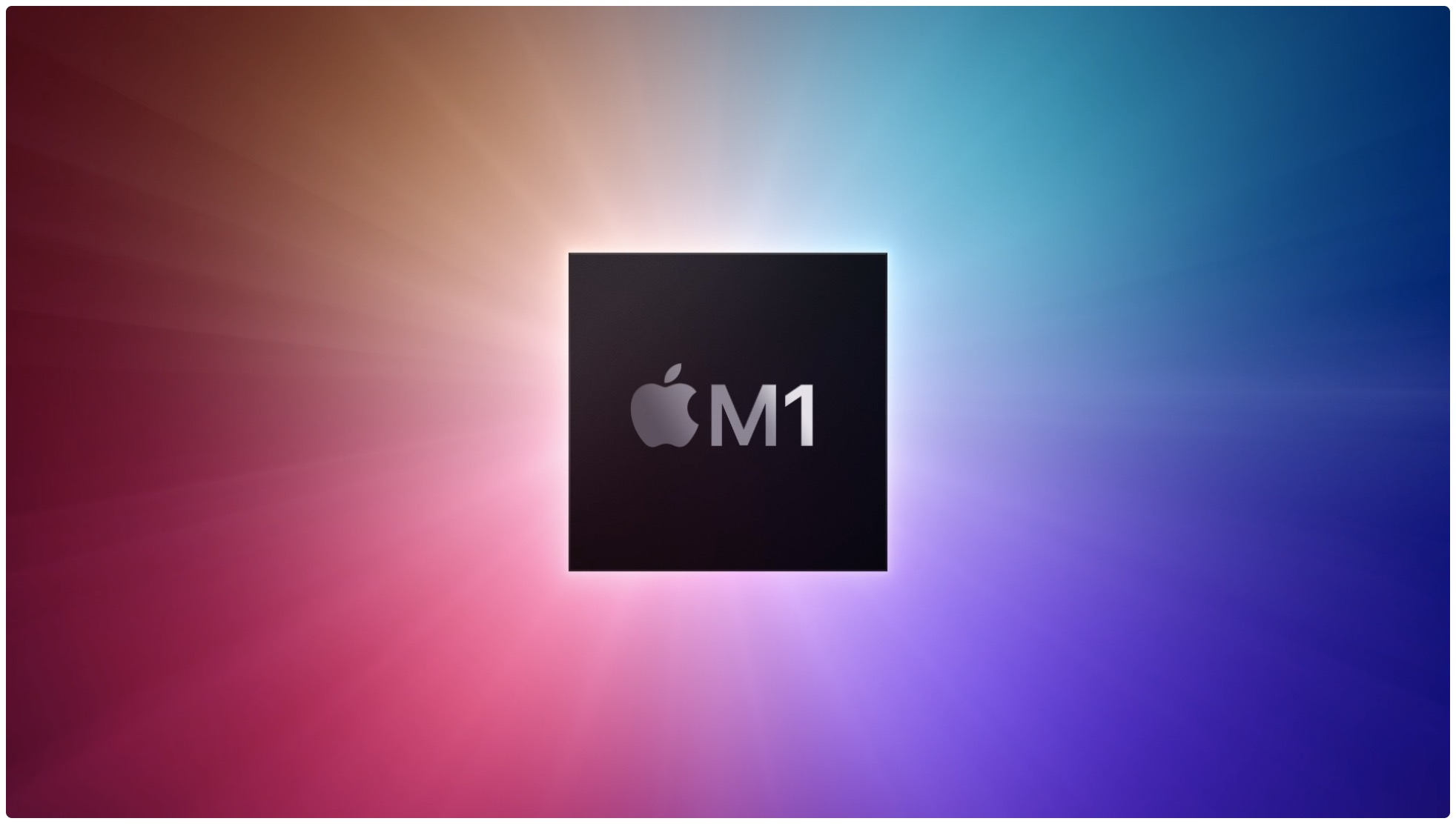While virtualization company Corellium has managed to make Linux boot on Apple silicon Macs with a series of patches, the open-source operating system will officially gain initial support for the Apple M1-powered Mac models in an upcoming release expected around June.
STORY HIGHLIGHTS:
- Preliminary support for Apple M1 in Linux 5.13’s kernel.
- This will offer basic functionality on M1 Macs.
- Linux 5.13 should release publicly in June.
- Full support is years from being 100% finished.

Preliminary Apple silicon support in Linux 5.13
Porting a complex operating system like Linux to a whole new processor architecture—especially when taking into account Apple’s additional protections on M1 Macs—is a monumental task. We already saw a usable version of Linux running on Apple silicon via Corellium, a software virtualization company that basically emulates ARM-based technologies.
But now, “very preliminary support” for Apple’s M1 chip is officially coming to Linux 5.13, thanks to developer Hector Martin who previously launched a crowd-funding effort to support his development work on porting Linux to Apple silicon Macs.
Phoronix reports that Hector’s work is expected to make it into Linux 5.13, bringing initial support for the Apple M1 chip to the Linux kernel. To be clear, this will offer very basic functionality with preliminary support for the UART, interrupts, SMP and DeviceTree.
Since earlier this year have been a few rounds of Apple M1 Linux kernel patches for bringing up the essential drivers needed to get the Linux kernel booting on the 2020 Mac mini, MacBook Pro and MacBook Air powered by the in-house Apple Silicon. It’s in good enough shape that this very early code is likely to indeed land for Linux 5.13, which in turn will debut as stable in the June timeframe.
However, implementing full Apple silicon support on Linux is certainly going to take much longer to complete due to Apple’s custom approaches.
That’s especially true for the Apple M1 graphics systems, as getting that fully working under Linux “for day-to-day use is likely to take some time.” In terms of porting the M1’s 3D and video acceleration to Linux , that “will obviously be a daunting challenge,” Phoronix notes.
Make no mistake, getting the M1’s graphics fully working under Linux is a multi-year effort. “It will be surprising if this calendar year if they can even manage to get an accelerated desktop working good enough and reliable for basic day-to-day use on the M1,” notes Phoronix.